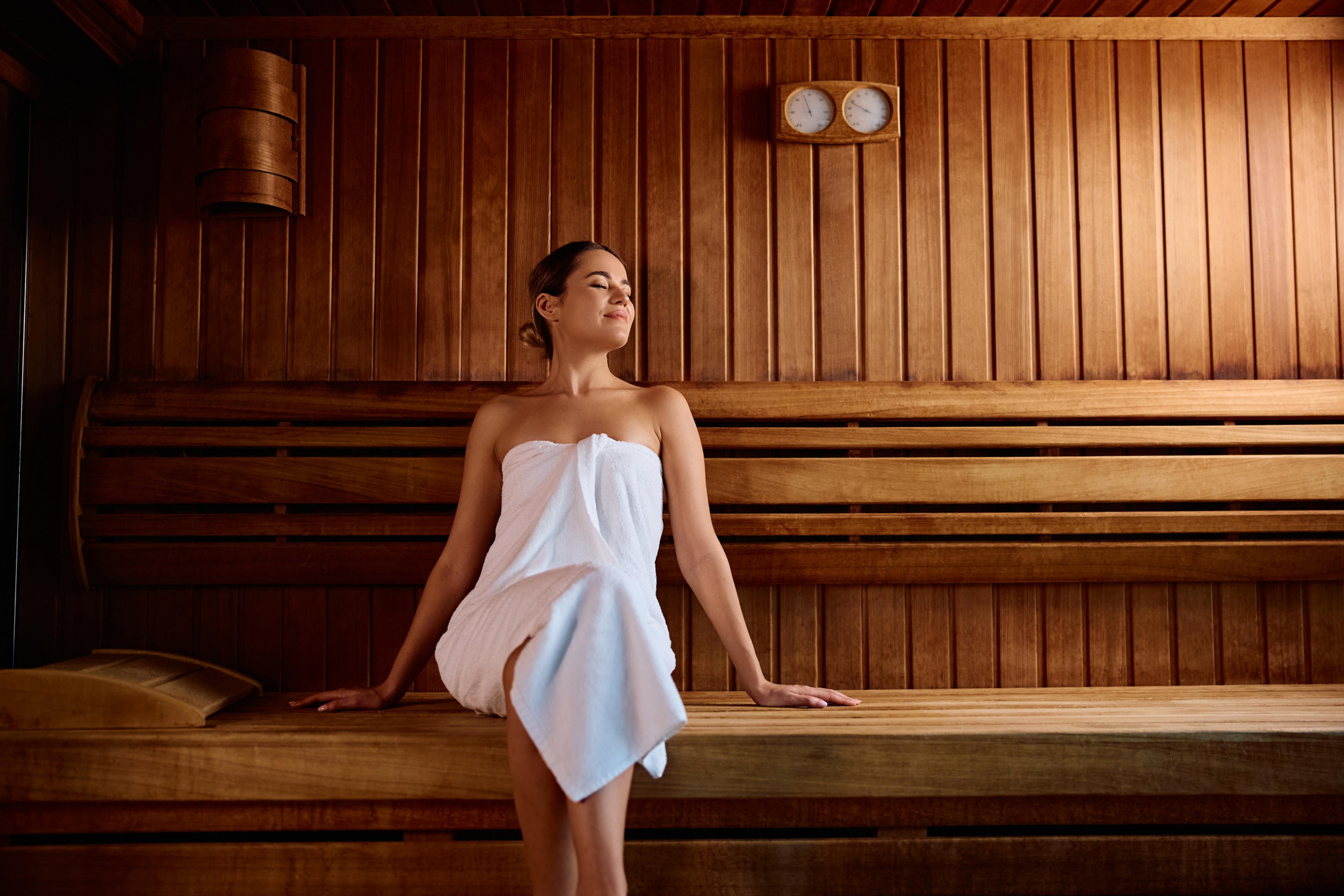Why Walking Sticks Are Good for Hikers of All Ages
Shandra Martinez
| 3 min read

With many more people embracing outdoor exercise and activities these days, you may notice you’ve got more company when you’re on your favorite walking or hiking trail. And some of those people might be carrying a pair of walking sticks or high-tech trekking poles. Once brushed aside as accessories for uncoordinated or older trail travelers, research has shown that walking sticks have health and safety benefits for hikers of all ages. There’s a long list of reasons why you should be carrying a pair of these on your next trip.
Using walking sticks or poles is easy. You hold one in each hand and their bottom ends make contact with the trail as you walk. The movement is similar to cross-country skiing, so much so that it’s also called “Nordic walking.” Using them provides extra stability and balance as you walk or hike. It can help you navigate tricky spots on a trail, and makes uphill climbs much safer and easier.
A better workout. Walking sticks provide a good upper-body workout. Research has shown it can turn a regular walk into a more intense cardio workout. According to an article in a Harvard Medical School publication, walkers who use poles are activating not just their lower-body muscles, but most of the muscles in their upper body as well. By using up to 90% of the body’s muscles at once, poles provide a substantial benefit when it comes to burning calories.
Other health benefits of walking stick workouts include:
- Raises “good” HDL cholesterol level
- Increases cardiovascular fitness
- Reduces depression and anxiety
- Slims waistline
- Decreases chronic pain
- Increase muscle strength
- Reduces “bad” LDL cholesterol level
Protects the knees. Aside from a better workout, one of the biggest bonuses walking sticks offer is protecting a person’s knees, according to the American Hiking Society. This is especially true on downhill treks or when you’re walking down a long flight of stairs. By pushing the poles into the trail or ground as you walk down, your arms and upper body are protecting your knees and lessening the impact on your other leg muscles, like your quadriceps. Hikers prone to knee soreness or pain should notice a decrease in that once they switch to the two-pole system.
How to pick the sticks or poles that are right for you. There are lots of brands of walking sticks and trekking poles. Some are adjustable, some offer form-fitting hand grips, and others come with rubber-capped tips on the bottom that won’t mark up trails as much or disturb fragile vegetation. If you’re buying online, read the reviews. Otherwise, go to your local sporting goods store or outfitters and try using a few different models. Once you are ready to hit the trail, here are some tips to get you started:
- Wear loose-fitting clothing on your upper body. You want to be able to swing your arms without feeling restricted.
- Move your poles carefully in a crowd. Avoid getting them near other walkers.
- Stay hydrated. Because you’ll be burning more calories than regular walking, make sure you pack enough water.
- Don’t swing your poles wide. Stay narrow with pole placement, near the sides of your body. Try to keep your pole tips on the trail.
Related:
Photo credit: Getty Images





